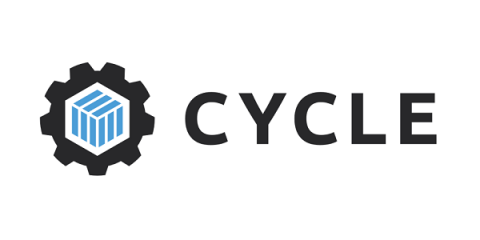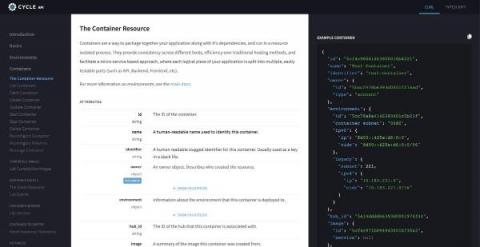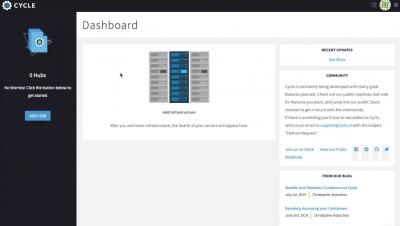Operations | Monitoring | ITSM | DevOps | Cloud
Cycle
Weathering an Economic Downturn: How Cycle Can Help Your Business Survive
In the last month, we’ve seen one of the most dramatic movements in economic activity ever recorded. Many business owners are clutched in the grips of mandatory closures and uncertainty of the future, for their business and for their employees. The tech world has been hit less hard — at least for now. Remote work is second nature to many of us and offering our products in the digital space means we are open for business.
Announcing Cycle's Internal API
We’re proud to announce the availability of the fresh, new “internal API” to our users. This API is only accessible from within a running instance on the platform.
Don't Let DevOps be Your Trojan Horse
Don’t let the title mislead you, we love DevOps here at Cycle. Without proper DevOps processes, building and scaling cloud-based applications can become a nightmare for maintainability. A proper DevOps plan brings together an organization’s developers, QA support, and operations teams to pursue the goal of delivering software more predictably. An admirable goal for any team and something that can be immensely helpful for even small teams to become more efficient.
A Brief Introduction to Containers
Whether you’re new to development or a seasoned developer, containers have proven to be game-changing in building, testing, and deploying applications. This article is meant as a quick introduction to the world of containers. To get started, you’ll need to install Docker to follow along with the examples. If you haven’t installed Docker yet, head over to their website to get it installed. There are free versions available for all major operating systems.
How To Deploy WordPress as a Headless CMS on Cycle
With the release of the WordPress REST API (version 4.7 circa 2016), WordPress developers started deploying the application as a headless CMS. As the WordPress community started to embrace this architecture, more and more developers are starting to use it in production. Now thanks to the growing number of plugins, WordPress as a headless CMS is starting to become the go-to deployment strategy.
Adding Packet as a Provider on Cycle
Getting Started Using Cycle.io's API With NodeJS
The recent public release of Cycle’s API has already seen all sorts of innovative uses, from automating the deployments of medical applications, to creating customized monitoring services to track specific performance metrics. Everything you can do in the portal can also be accomplished via the API — it’s actually the exact same API we used to build the portal!
Cycle's API Docs Go Live
Cycle’s API docs are live, and with it a whole new suite of tools to automate the management of containers across cloud providers. This is the same API that Cycle’s portal is built upon, meaning you have near full capability to do anything programmatically that you can do through the interface.






